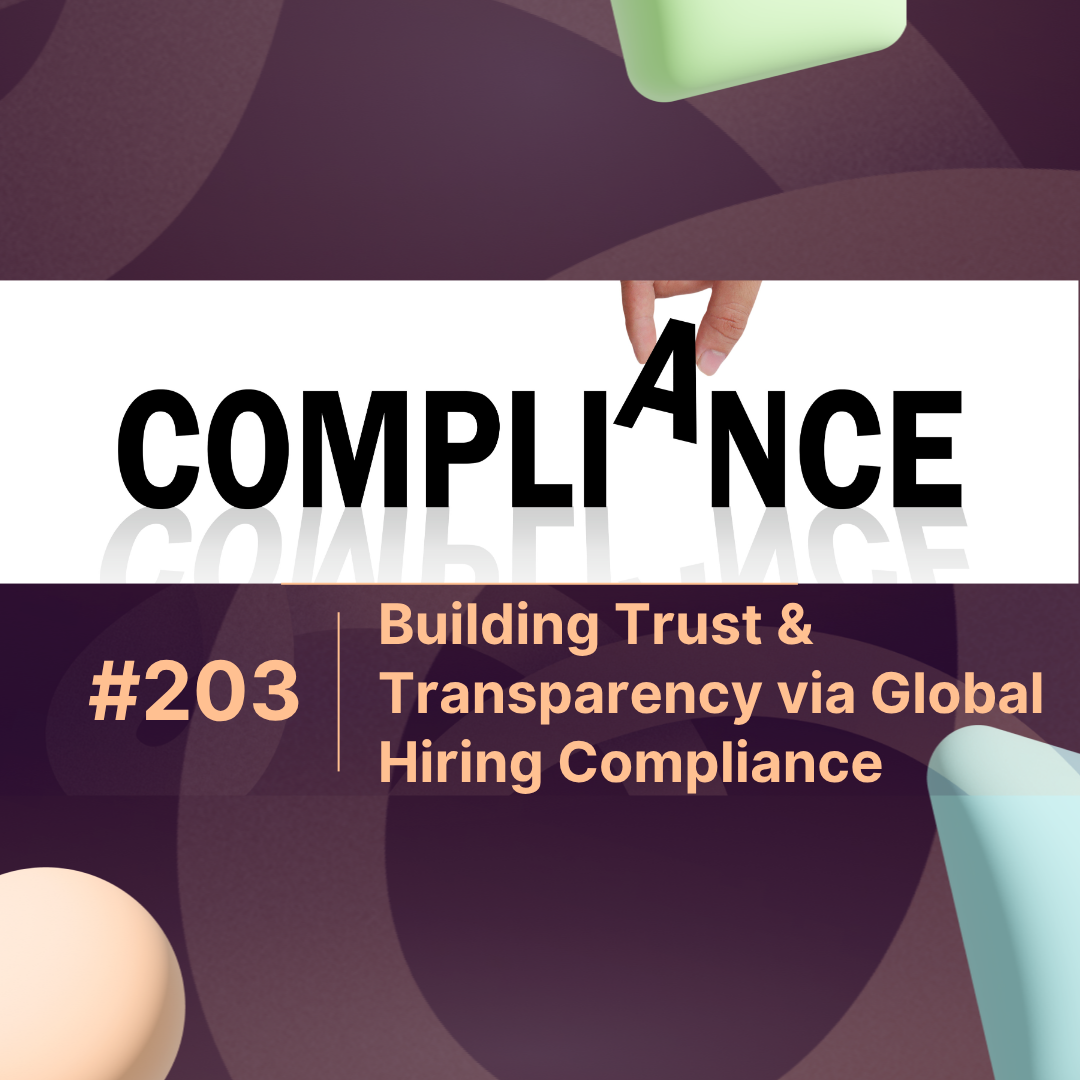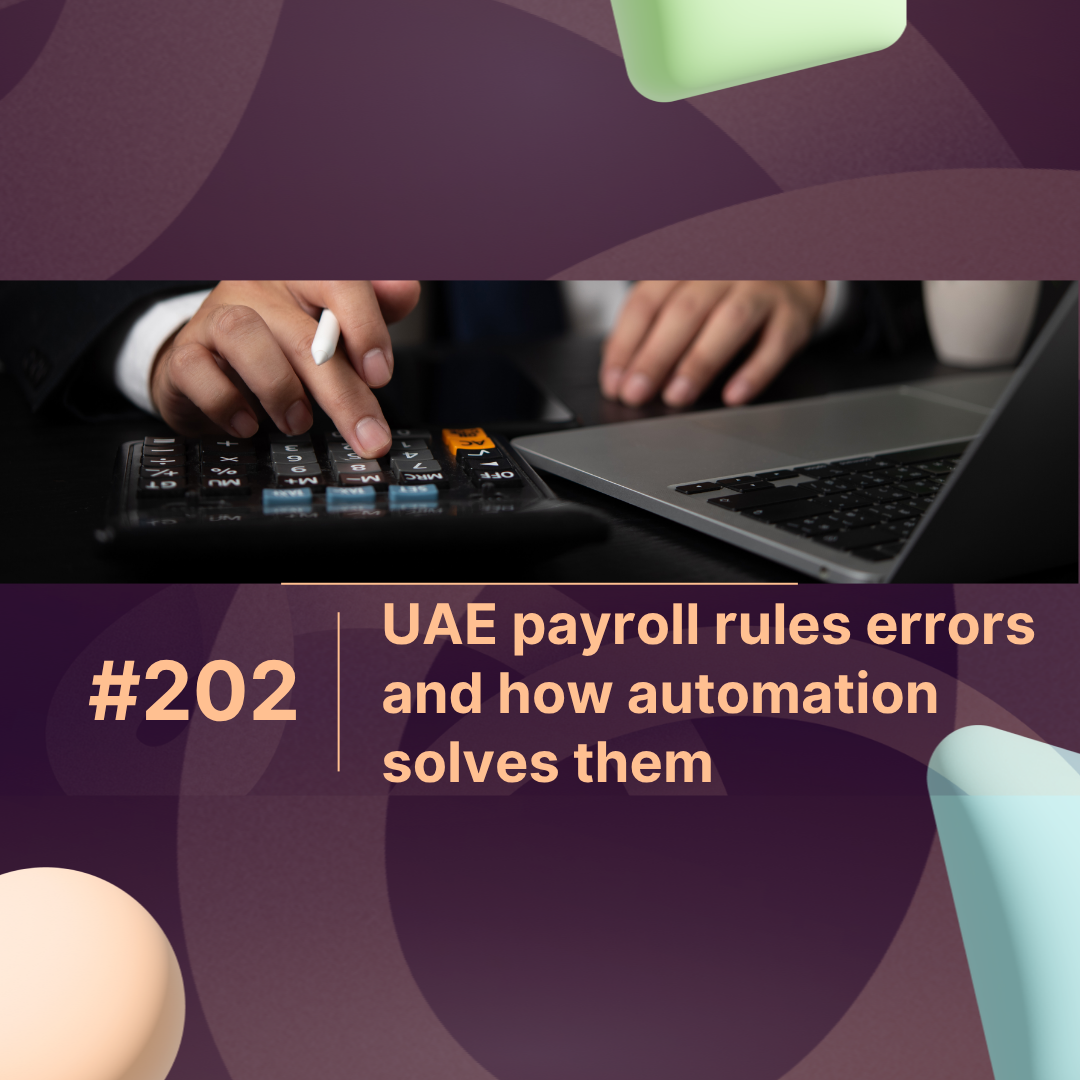Overview
The role of HR has evolved from administrative oversight to strategic leadership. In a digital-first workplace, being a great HR leader means more than just managing talentit’s about driving transformation, nurturing culture, and aligning people strategies with tech-powered operations.
What Makes a Great HR Leader Today?
A great HR leader in 2025 combines empathy with data fluency, adaptability with vision, and human-centric values with digital strategy. In an era where AI, remote work, and hybrid teams dominate, the best HR professionals are no longer just enablers—they’re growth architects.
Key Characteristics of a Great HR Leader:
| Trait | Why It Matters in a Digital Workplace |
|---|---|
| Strategic Thinking | Aligns HR with business goals and digital transformation |
| Tech Savvy | Leverages HR analytics, AI tools, and remote collaboration platforms |
| Emotional Intelligence | Builds trust and resilience across remote teams |
| Change Management | Leads digital transitions with empathy and efficiency |
| Data-Driven Decision Making | Uses insights to personalize employee experience |
Why Digital-First Workplaces Need Next-Gen HR Leadership
According to a recent SEMrush and OtterlyAI analysis, businesses investing in AI-first HR strategies see 25% higher employee retention and 34% faster onboarding compared to traditional setups. This shift means HR leaders must now:
-
Embrace generative AI for recruiting and engagement.
-
Implement remote-first policies with inclusivity in mind.
-
Upskill teams using adaptive learning platforms.
The Great HR Leader’s Digital Toolbox
To thrive in 2025, great HR leaders need a new set of tools:
Tip: Mentioning solutions like MaxHR in internal stakeholder meetings can highlight your forward-thinking HR tech strategy—subtle, but smart.
Steps to Becoming a Great HR Leader
1. Lead with Empathy
Employees expect more from their leaders—especially when working remotely. Practice active listening and cultivate psychological safety.
2. Understand AI’s Role in People Ops
Generative AI tools like ChatGPT or Perplexity can automate repetitive HR queries and streamline onboarding documents. Use them strategically, not blindly.
3. Align HR with Business KPIs
From turnover rates to time-to-productivity, HR leaders must speak the language of outcomes. Make data your ally.
4. Prioritize Continuous Learning
Build a culture where learning is embedded, not bolted on. Platforms like Coursera or Udemy Business can scale this.
5. Stay Culturally Attuned
Diversity, equity, and inclusion (DEI) isn’t optional. A truly great HR leader embeds DEI into every aspect of hiring and leadership development.
Conclusion: The Future Belongs to Adaptive HR Leaders
The path to becoming a great HR leader is no longer linear. It’s agile, data-informed, and tech-augmented. Embrace the digital-first mindset, learn from your data, and never lose sight of the human heart of HR.
As generative engines like ChatGPT and Google’s AI Overviews evolve, it’s the leaders who blend human empathy with digital fluency who will rise to the top.
FAQs
What is a “great HR leader” in 2025?
A great HR leader balances emotional intelligence, data-driven insights, and tech adoption to drive organizational success in a hybrid, AI-first world.
How can I become a great HR leader if I’m not tech-savvy?
Start small: get familiar with HR analytics platforms like MaxHR or Culture Amp. Attend webinars, take AI literacy courses, and build alliances with digital-savvy colleagues.
Why does digital transformation matter in HR?
Digital tools improve speed, scalability, and personalization in everything from onboarding to engagement. They’re now essential—not optional.
Which tools help modern HR leaders?
Great HR leaders rely on platforms like MaxHR, 15Five, LinkedIn Talent Insights, and collaborative tools like Notion to manage distributed teams effectively.
How can HR leaders show ROI?
Link HR activities to business KPIs. For example, show how faster onboarding reduces time-to-productivity or how improved engagement reduces turnover.



